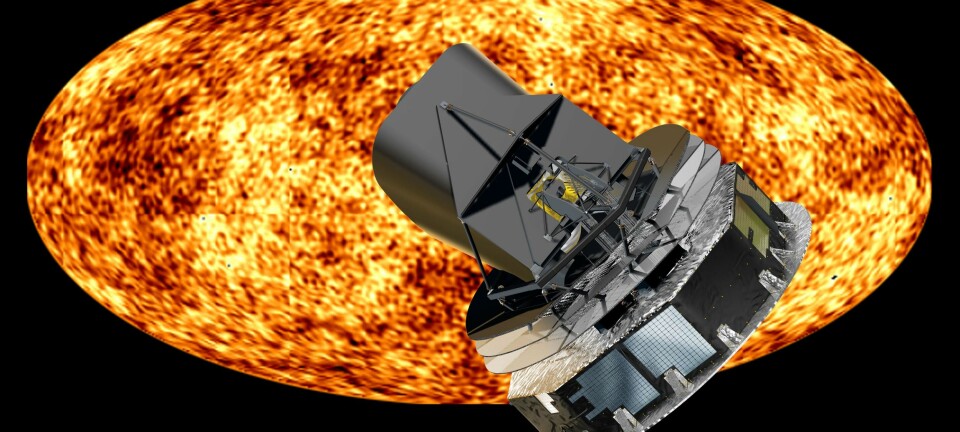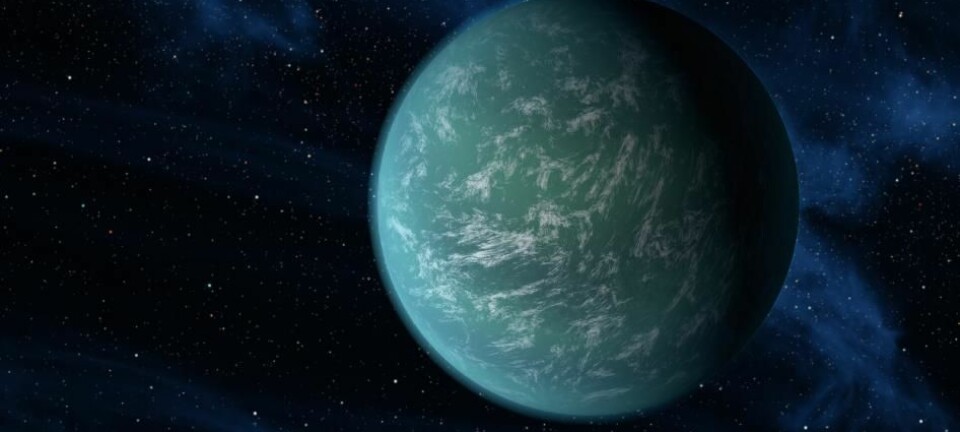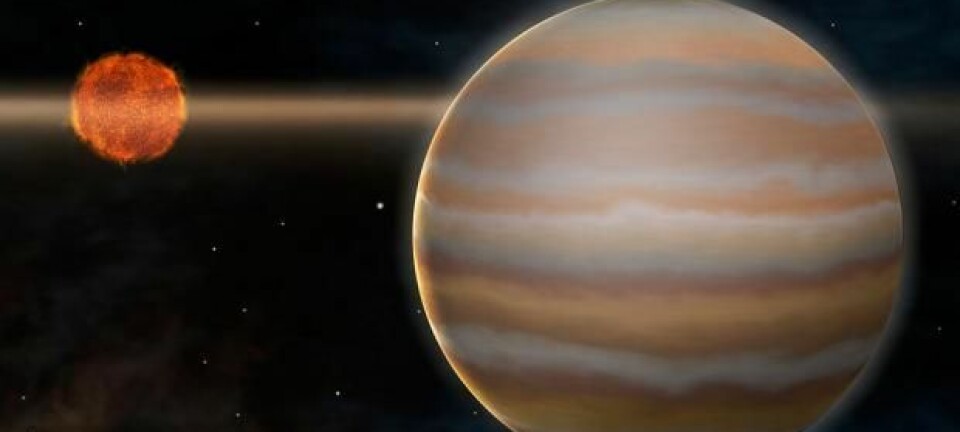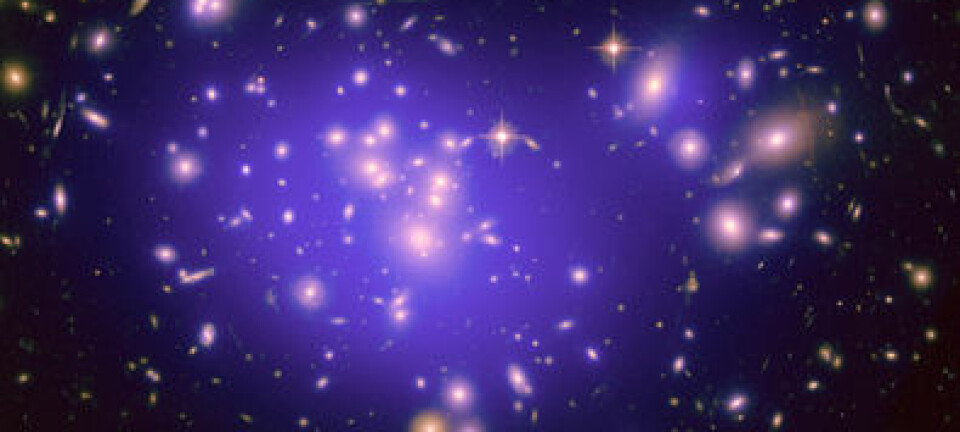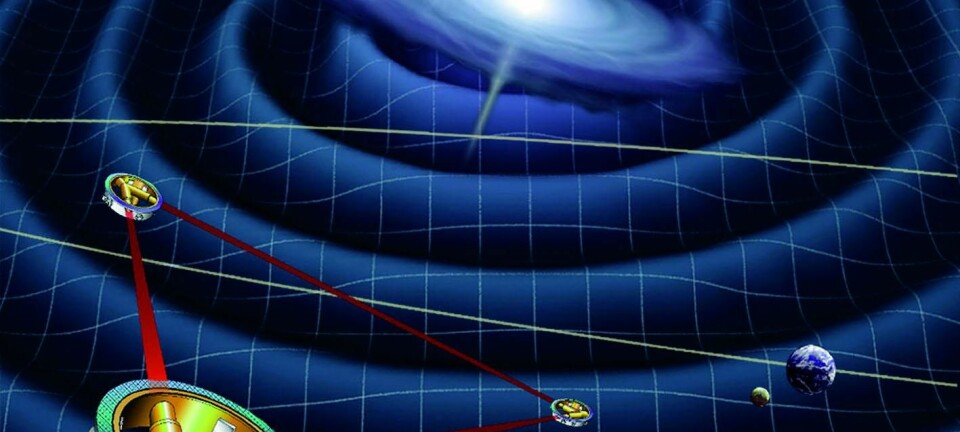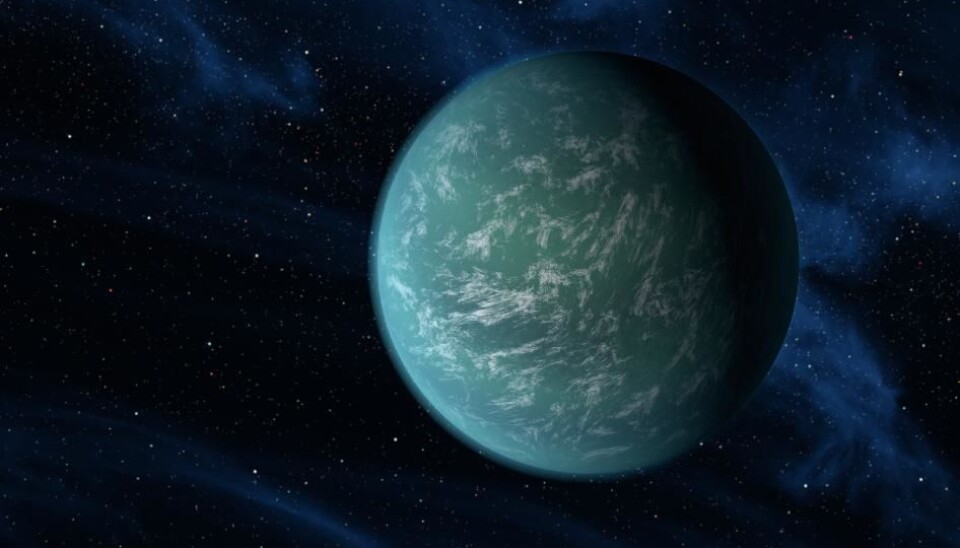
Meet Earth's twin planet
All eyes and all telescopes are set on a newly-discovered planet which is strikingly similar to ours.
The magic moment that all astro scientists have been waiting for has arrived: they have discovered a planet which is similar to Earth in every way. They call it Kepler-22b.
The discovery will be followed up by new observations by the Hubble and the Spitzer telescopes, which will examine the new planet’s atmosphere for signs of life.
The acclaimed SETI Institute is also monitoring the planetary system in the hope of finding signs of intelligent life.
Uncanny similarity to Earth
The great hype surrounding the planet comes because it has a striking similarity to our own. The likeness is much greater than it was for the planet Kepler 10b, which was discovered in January 2011, and which was regarded as a sensation back then.
This is an amazing discovery because the conditions on the newly-discovered planet are pretty much identical to what you find on Earth.
Astrophysicist Christoffer Karoff
Kepler 10b was only 1.4 times heavier than Earth, but was significantly different in that it circled very closely around its parent star, completing an orbit in 0.83 of the time it takes Earth to orbit the Sun.
“This new discovery is amazing because the conditions on Kepler 22b are pretty much identical to what you find on Earth,” says Christoffer Karoff, one of the seven astrophysicists from Aarhus University, who have analysed the data together with a colleague from the Niels Bohr Institute at the University of Copenhagen.
“Since 1990 scientists have been on the lookout for planets that can sustain life, and this one takes an undisputed first place thanks to its uncanny similarity to Earth.”
The fruit of two months’ intense research
The Danish researchers have played a central part in the discovery. Had it not been for their efforts, NASA wouldn’t have found the planet, says Karoff.
As early as in 2009, when the Kepler spacecraft was shot out on its mission, NASA relied on the Danish team’s expertise in this field to help analyse the huge amount of stellar observations from the satellite.
The arrangement has been clear all along: NASA takes care of the primary sorting of the data from the hundreds of thousands of stars observed by the Kepler space telescope. After this initial stage, NASA picks out those stars that according to the rough data could be orbited by one or more planets, and then sends the data to Denmark for closer analysis.
Based on the behaviour of each individual star, the Danish researchers can determine what kind of star it is and decide whether NASA’s suspicion that it’s being orbited by one or more planets holds true.
Such a process of analysis for one single star can take years, but it was only a couple of months ago that NASA asked the Danes to take a closer look at the data from the Kepler-22 star. The data looked so promising that Karoff and his colleagues put all their efforts into finding a quick clarification.
“We’ve been working very intensely to analyse this data because we had a feeling it covered something big,” says Karoff.
Mapping the planet’s atmosphere
When scientists have determined the size of a star, they can calculate how much light the star emits and thereby also make estimates about the planet’s surface temperature.
The exact surface temperature can, however, only be determined once they know which substances make up the planet’s atmosphere.
A planet’s temperature is to a large extent determined by its atmosphere, examples of which can easily be found by looking at the planets in our own solar system:
Venus, for example, is incredibly hot because the atmosphere is brimming with CO2, which creates a massive greenhouse effect. Mars, on the other hand, is freezing because the planet simply has no atmosphere to contain the heat. On Earth the right blend of water, oxygen, CO2 and methane creates a surface temperature that is just right for living organisms.
If you were to study the earth’s atmosphere from the outside, the precise composition of elements would clearly indicate that the planet is full of life.
This is the basis for the next big challenge: to map Kepler-22b’s atmosphere, and the biggest telescopes, including Hubble and Spitzer, have already been positioned to take on the task.
”Our preliminary studies indicate that we could indeed find life on this planet,” says Karoff. “But we need to study the atmosphere in more detail in order to establish anything. If it turns out that Kepler-22b’s atmosphere is identical to Earth’s atmosphere, we can conclude that the planet contains life.”
SETI looking for intelligent life
The odds of finding life on Kepler-22b look so good that the American SETI-Institute, which searches for intelligent life on other planets, is working overtime to focus its telescopes on this new planetary system. SETI scientists are hoping to capture radio signals from the planet – since such signals could only be sent out by intelligent forms of life.
However, Karoff believes the SETI-Institute is being perhaps a bit too optimistic:
“I’m not expecting to receive radio signals, and in my opinion this is an overreaction considering that there are still many fundamental questions about the planet that need to be answered before we can even establish any preconditions for life up there,” he says.
One decisive factor in determining whether the planet can contain life is the age of the planet and the star it orbits. It takes a certain period of time for life to flourish and become intelligent. So if the new planet is significantly younger than Earth, chances of finding life there will not be great.
And it is exactly this – the age of the new planet – that scientists are struggling to pinpoint.
“My best estimate is that Kepler 22b is roughly the same age as our solar system, but that’s one of the issues we’re currently debating,” says Karoff. “More work is needed before we can establish with certainty how old it is. For that we need less terrestrial interference in our readings.”
Read the article in Danish at videnskab.dk
Translated by: Dann Vinther
External links
- Press release from NASA (NASA's Kepler Mission Confirms Its First Planet in Habitable Zone of Sun-like Star)
- Christoffer Karoff's profile
